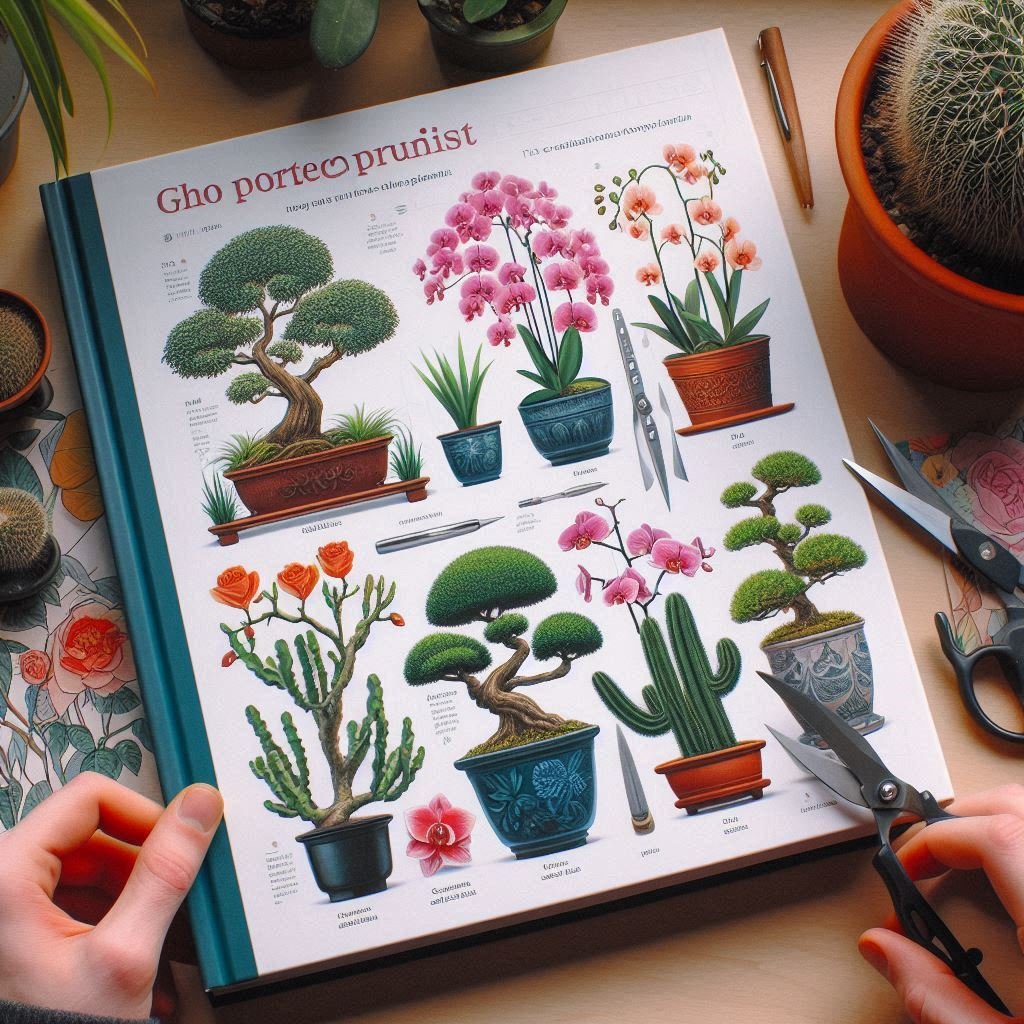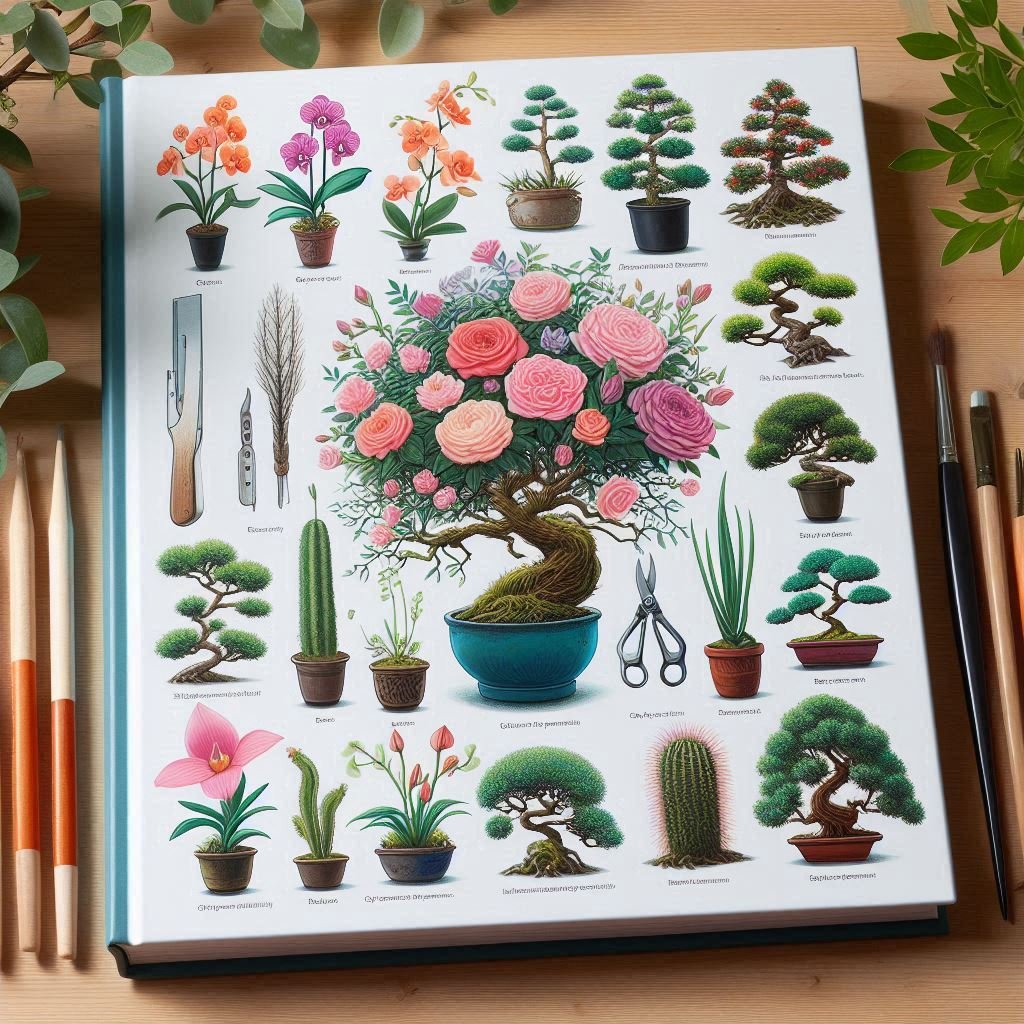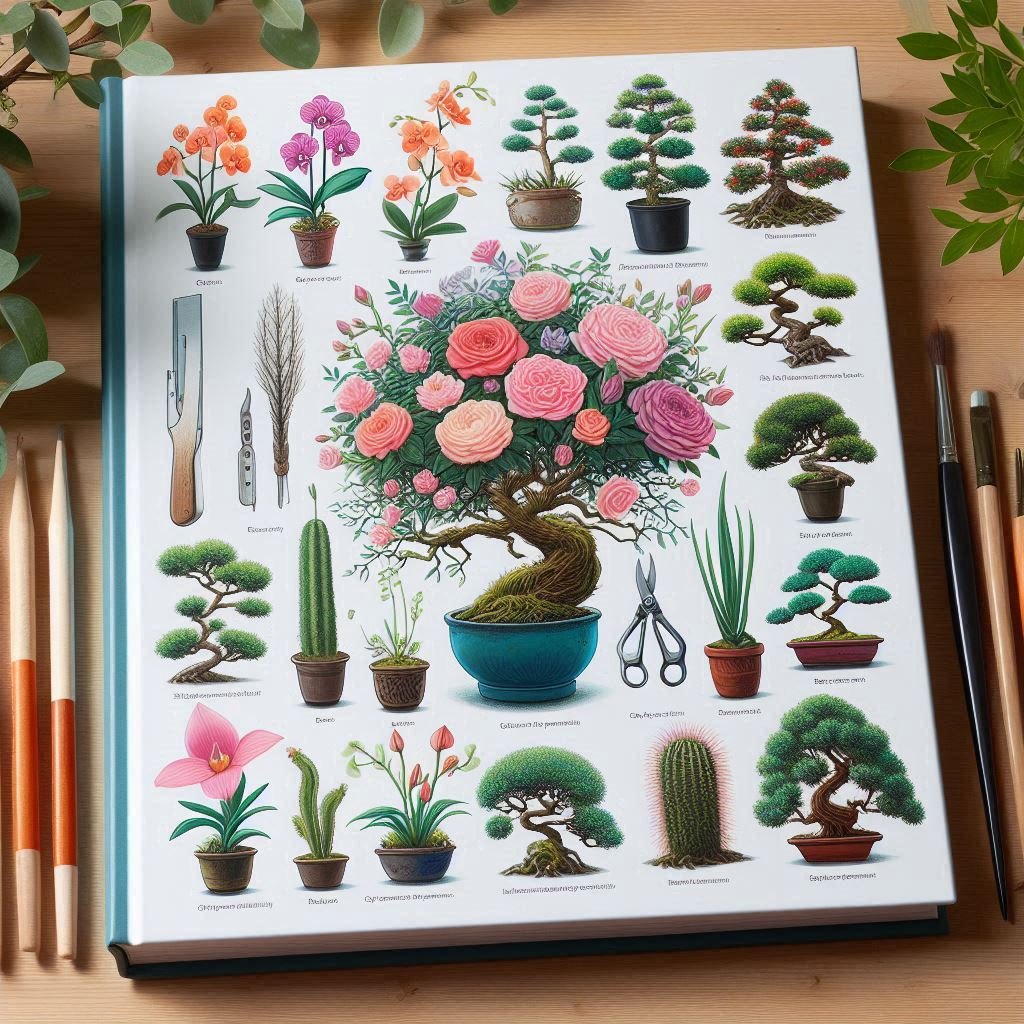The Ultimate Guide to Plant Pruning
Pruning is an essential horticultural practice that helps maintain the health, aesthetics, and productivity of plants in The Ultimate Guide to Plant Pruning.
While it may seem straightforward, proper pruning requires understanding the specific needs of different plants and applying appropriate techniques at the right time.
This ultimate guide to plant pruning will walk you through the principles, techniques, and timing necessary to master this vital gardening skill.
Why Prune Plants?

Health and Vigor
Pruning helps remove dead, diseased, or damaged branches, preventing the spread of pathogens and encouraging healthier growth.
It also improves air circulation and sunlight penetration, reducing the likelihood of fungal infections and promoting vigorous growth.
Shape and Aesthetics
Shaping plants enhances their natural form and ensures they fit well within the garden design. Regular pruning maintains the desired size and shape of ornamental plants, creating a well-manicured appearance.
Productivity
For fruit-bearing plants, proper pruning increases fruit yield and quality. It ensures that energy is directed towards the production of fruit rather than excessive vegetative growth.
Safety
Removing overgrown or weak branches reduces the risk of them breaking off and causing injury or damage, especially during storms or high winds.
Pruning Principles
Understand Plant Growth
Each plant species has unique growth patterns and responses to pruning. Understanding whether a plant is a deciduous tree, evergreen shrub, or perennial flower is crucial to determine the best pruning approach.

Timing is Everything
Pruning at the right time of year is critical. For most plants, late winter or early spring before new growth begins is ideal. However, flowering shrubs may require pruning after they bloom to avoid cutting off next season’s flower buds.
Tools and Techniques
Using the right tools, such as bypass pruners, loppers, and saws, ensures clean cuts and reduces the risk of injury to the plant. Sterilizing tools between cuts prevents the spread of disease.
Pruning Techniques
Thinning
Thinning involves removing entire branches or stems back to their point of origin. This technique improves light penetration and air circulation, promoting healthy growth and reducing disease risk.
Heading
Heading cuts remove just the tip of a branch, encouraging bushier growth and controlling the plant’s size. This technique is commonly used on hedges and shrubs.
Shearing
Shearing is used to shape plants into formal hedges or topiaries. It involves trimming the outer edges uniformly but can lead to dense outer growth and poor air circulation if overdone.
Rejuvenation
Rejuvenation pruning involves cutting back an entire plant to near ground level. This drastic technique stimulates new growth and is particularly useful for overgrown shrubs and perennials.
Deadheading
Deadheading is the removal of spent flowers to encourage further blooming and prevent seed formation. This technique is especially important for maintaining the aesthetics of annuals and perennials.
Plant-Specific Pruning Tips
Deciduous Trees
Prune in late winter when the tree is dormant. Remove dead, diseased, or crossing branches. Focus on maintaining a central leader and evenly spaced branches.
Evergreen Shrubs
Prune in early spring or late winter. Avoid cutting into old wood, as many evergreens do not regenerate well from this.

Flowering Shrubs
Timing depends on the blooming period. Spring-flowering shrubs should be pruned immediately after blooming, while summer-flowering shrubs can be pruned in late winter or early spring.
Fruit Trees
Prune in late winter to early spring. Focus on creating an open center or central leader shape to improve sunlight penetration and air circulation, enhancing fruit quality and yield.
Roses
Prune in early spring when buds begin to swell. Remove dead and weak growth, and shape the plant to encourage open, vase-like structure.
Conclusion
Pruning is both an art and a science, requiring a good understanding of plant biology and growth habits.
By following the principles and techniques outlined in this ultimate guide, you can enhance the health, appearance, and productivity of your garden plants. Remember, the key to successful pruning is timing, technique, and the right tools.
Happy pruning!








